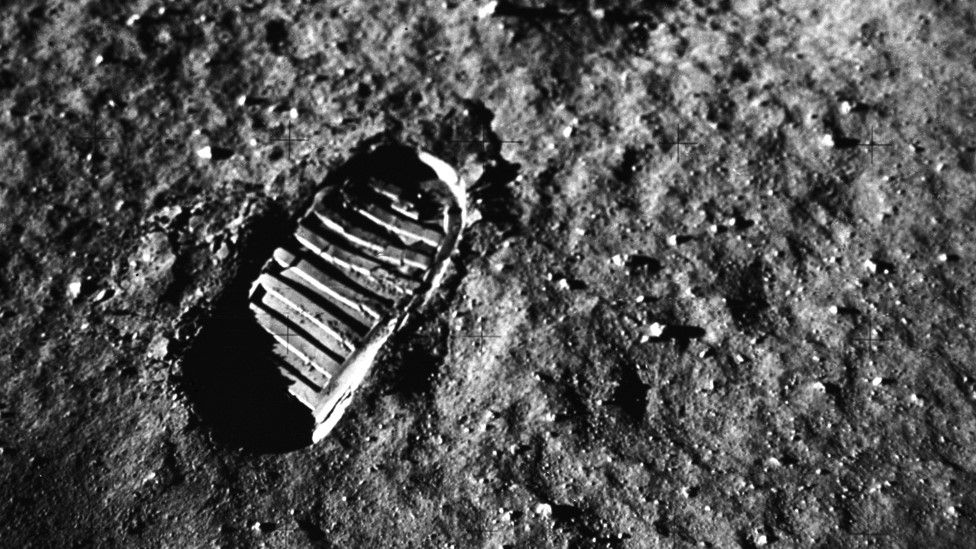-

-
-
Loading

Loading

Private space companies are set to vie for the opportunity to return people to the Moon in 2024, sparking a new race for lunar exploration. United Launch Alliance's Vulcan Centaur, a competitor to SpaceX, is scheduled to launch Astrobotic's Peregrine 1, aiming to make a soft lunar landing, which has not been done by a US craft since the Apollo missions. Meanwhile, NASA plans to launch Artemis 2 in November, its first crewed lunar expedition in over 50 years. China also hopes to have people on the lunar surface by 2030. The dwindling number of remaining Apollo astronauts highlights the significance of these upcoming missions. Out of the 24 NASA astronauts who journeyed to the Moon in the Apollo missions of the 1960s and 1970s, only eight are still alive. Edwin "Buzz" Aldrin, the second person to step on the lunar surface, has remained proud of his achievement despite being second. Aldrin has continued to advocate for the space program and explore other adventures, such as expeditions to the North and South Poles. Bill Anders, who flew on Apollo 8, captured the famous "Earthrise" photograph that inspired the environmental movement. After retiring from the space program, Anders worked in the aerospace industry and served as the US Ambassador to Norway. Charlie Duke, one of the four remaining astronauts who walked on the Moon, vividly remembers the dramatic terrain and the anxiety he felt as he waited for communication from Neil Armstrong during the Apollo 11 mission. Duke now resides in Texas with his wife of 60 years. Fred Haise, a member of the Apollo 13 crew, gained celebrity status after the successful and miraculous return of the damaged spacecraft. Haise subsequently worked in the aerospace industry and served as a test pilot on the prototype space shuttle. Jim Lovell, another Apollo 13 crewmember and the oldest living astronaut following Frank Borman's death, had the chance to walk on the Moon as commander of Apollo 13, but a mission failure prevented this opportunity. Lovell later worked in the telecoms industry. Harrison Schmitt, a geologist and academic, was part of Apollo 17, the last crewed mission to the Moon. After leaving NASA, Schmitt served as a US Senator and worked in various industries as a consultant and continued his work in academia. David Scott, the commander of Apollo 15, not only walked but also drove on the Moon, using the Lunar Roving Vehicle (LRV). After his return, Scott held management roles within NASA and became a consultant for various film and television projects. Tom Stafford, commander of Apollo 10, led the final test mission before the historic Apollo 11 landing. Stafford held important roles within NASA and served as the commander of the Apollo-Soyuz Test Project flight, the first joint space mission between the US and the Soviet Union. The upcoming lunar missions by private companies and NASA signify a new era of space exploration, and it will be fascinating to see what the next generation of astronauts will achieve.